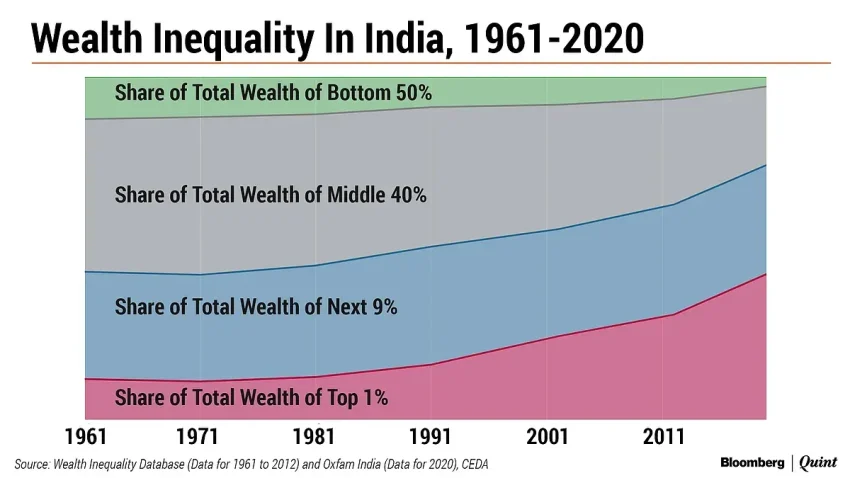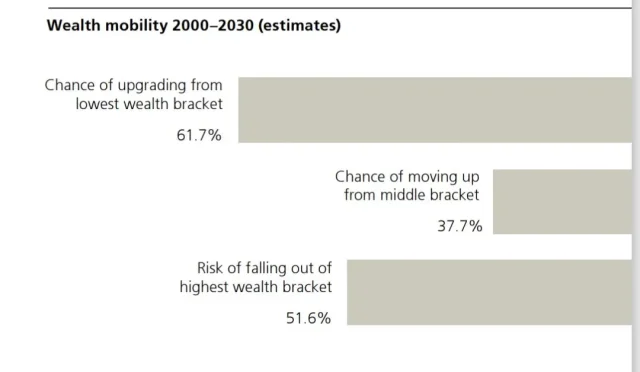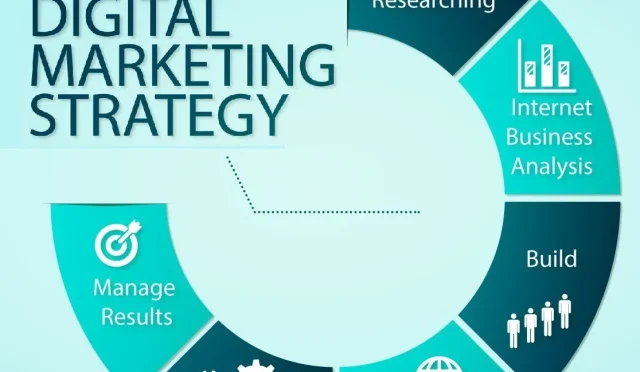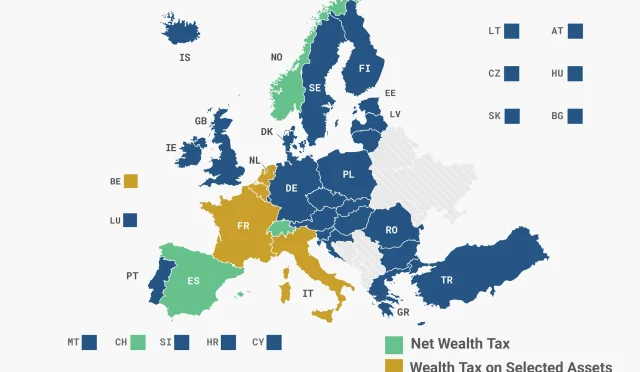Wealth Disparity in India: A Shocking Video From Chennai
Wealth disparity in India is a striking reality, highlighted vividly in a recent viral video shared by tourist Declan Rowlands. The stark contrast between the affluent lifestyles showcased at luxury hotels and the dire conditions of nearby slums in India paints a compelling picture of the country’s economic divide. With the lens sifting from the pristine confines of a 5-star hotel gym in Chennai to the impoverished structures dotting the shoreline, viewers are confronted with the grim realities of poverty and wealth in India. This juxtaposition not only showcases the vast India wealth gap but also ignites important conversations about the coexistence of wealth and poverty in urban landscapes. As discussions unfold across social media, it becomes clear that understanding this divide is imperative for addressing issues of inequality in Indian society.
The issue of economic inequality in India reveals a complex tapestry of lifestyles coexisting in juxtaposition, where affluence and deprivation share the same neighborhoods. In urban centers like Chennai, luxury living is often just a stone’s throw away from impoverished districts, illustrating a broader trend of poverty alongside wealth. The concept of a wealth gap that divides affluent communities from sprawling slums is at the forefront of social discourse, challenging perceptions of socioeconomic status. Many locals highlight how the intertwining of rich and poor within these cities reflects the reality of life in India—where class distinctions are less about segregation and more about coexistence. This coexistence not only provides insights into the economic fabric of the nation but also raises questions about progress and social responsibility amidst contrasting living conditions.
Understanding Wealth Disparity in India
Wealth disparity in India is an issue that continues to gain attention, especially with recent discussions spurred by social media. The stark juxtaposition of affluence and poverty is vividly illustrated by viral videos like Declan Rowlands’ clip from a luxury hotel gym in Chennai. His experience highlights how economic divide India stretches beyond just income; it encompasses varied lifestyles, access to resources, and societal structures. The unfiltered view of slums existing in close proximity to luxury amenities serves as a poignant reminder that the nation’s wealth gap is not merely a statistic, but a lived reality for millions.
As Declan pointed out, the sight of a sprawling slum just a stone’s throw away from a 5-star hotel emphasizes the ongoing struggle between the affluent and the impoverished populations. This economic divide is exacerbated by systemic issues such as inadequate infrastructure, lack of quality education for the underprivileged, and limited access to healthcare. Addressing wealth disparity in India requires comprehensive policy changes that focus on inclusivity and sustainable development, aiming to bridge the gap between the rich and the poor.
The Reality of Poverty and Wealth in India
In India, the reality of poverty and wealth paints a challenging picture of coexistence. As highlighted in Rowlands’ video, the wealthy often inhabit luxurious surroundings while the poor live in close proximity within slums that highlight the country’s socio-economic struggles. This stark contrast serves as a conversation starter about how poverty is not hidden away as in many developed countries; instead, it exists in plain sight, shaping daily interactions and societal norms.
The coexistence of wealth and poverty in cities like Chennai reflects a unique aspect of Indian social fabric. Many affluent families depend on the services provided by workers from these slum areas, blurring the lines between social classes. Unlike in the West, where socioeconomic divisions are more demarcated, this intermingling leads to a different dynamic, prompting discussions about the responsibilities of the wealthy towards their less fortunate neighbors. It challenges the notion of overlooking poverty, instead highlighting a need for awareness and compassion.
Chennai Luxury: A Case Study
Chennai stands as a shining example of India’s luxury market juxtaposed with stark poverty. Renowned for its historical richness and modern developments, the city houses opulent hotels and shopping malls just minutes from some of its largest slums. The contrast is not just geographical; it symbolizes a broader economic divide that pervades urban India. Tourists and locals often witness this vivid disparity daily, fostering a community dialogue around accessing real wealth and luxury.
While Chennai attracts wealth through its thriving IT sector and tourism, the benefits are not uniformly shared within the population. The existence of luxury hotels such as the one featured by Rowlands points to opportunities and affluence, yet they highlight the urgency for equitable growth. As dialogues surrounding Chennai luxury continue, they must also address the underlying issues of poverty and the economic divide that persists amid wealth.
Slums in India: A Hidden Perspective
Slums in India, often viewed through a lens of despair, represent more than just poverty; they are communities rich in resilience and stories. Videos like Declan’s offer a unique perspective on the conditions of these neighborhoods, serving to humanize the individuals residing within them. While the physical conditions may be deplorable, the spirit of the residents showcases their struggle and adaptability amidst economic hardships.
The proximity of slums to affluent areas invites essential humanitarian conversations about urban planning and social responsibility. Recognizing slums as integral parts of urban landscapes is crucial for creating programs that can help lift these communities out of poverty. Transformation efforts must prioritize inclusion, aiming to provide better living conditions, education, and access to employment opportunities, thus addressing both poverty and wealth in India holistically.
Examining the Economic Divide in India
The economic divide in India manifests itself through various indicators, including income, education, and employment opportunities. Videos like that of Declan Rowlands starkly highlight this issue, prompting viewers to confront the realities of wealth and poverty. With an expanding rich class that boasts luxury and comfort, the simultaneous struggle of millions living in slums becomes a focal point for discussions on economic equity and resource distribution.
To address the economic divide in India, we must engage in comprehensive strategies that foster job creation, skill development, and entrepreneurial ventures to uplift marginalized communities. Whether through government initiatives, NGO efforts, or private sector support, actively narrowing the wealth gap is essential to promoting a more equitable society. As the public continues to engage in discussions about wealth disparity, actionable solutions must follow.
Coexistence of Rich and Poor: A Unique Phenomenon
One interesting phenomenon in India is the coexistence of rich and poor within the same locality, a scenario rarely seen in other parts of the world. The video shared by Declan Rowlands reveals exactly that, where the opulence of hotels sharpens the focus on the adjacent slums. This juxtaposition can foster a greater sense of awareness among citizens and visitors alike regarding the prevailing socio-economic conditions and the urgent need for collective responsibility.
This coexistence allows for rich cultural exchanges, but it also necessitates a deeper understanding of social disparity and accountability among the affluent classes. In cities like Chennai, there is a growing recognition that the wealthier segments of society hold a moral obligation to uplift the poorer communities residing alongside them. The conversations sparked by such narratives could lead to impactful changes that not only elevate living standards but also promote an ethos of mutual respect and cooperation.
Bridging the Wealth Gap: Future Directions
Bridging the wealth gap in India is imperative for achieving sustainable growth and social harmony. As highlighted by conversations surrounding wealth disparity, constant efforts are needed to ensure that economic prosperity benefits all sections of society. By leveraging technology, investment in education, and human resource development, the future can hold promise for closing the wealth chasm that currently exists.
Moreover, fostering public-private partnerships can play a crucial role in creating inclusive development models. Addressing the wealth gap will require innovative strategies that cater to the needs of both the affluent and the impoverished. As more individuals share their narratives about wealth and poverty in India, it can contribute to a larger movement aimed at achieving equitable opportunities for all.
Social Media: A Catalyst for Change
Social media has emerged as a powerful catalyst for change, providing a platform for discussing pressing issues like wealth disparity in India. Influencers and content creators like Declan Rowlands are igniting conversations about the realities of poverty and wealth through their shared experiences. These platforms allow for wider reach and engagement, stimulating public discourse that brings awareness to pressing socio-economic challenges.
Through such media, individuals can share personal anecdotes and insights, advocating for awareness and action to address economic divides. The dialogues generated from posts demonstrating the contrast between affluence and poverty in areas like Chennai can lead to greater public understanding and inspire initiatives aimed at addressing wealth gap issues. The role of social media is undoubtedly pivotal in not only highlighting these disparities but also in fostering positive change.
Inspiring Action Against Inequality
The stark realities of wealth disparity in India call for collective action against inequality. Declan’s video serves as a reminder that even small snippets can have significant impacts on societal consciousness. Inspiring action requires acknowledging the struggles faced by those living in poverty, and leveraging societal awareness to drive change.
From grassroots movements advocating for the rights of marginalized communities to corporate social responsibility initiatives aimed at improving living conditions, action against inequality can take many forms. It’s essential for all sectors of society to participate in closing the wealth gap, ensuring a brighter future for all citizens, rich or poor, fostering a more inclusive India.
Frequently Asked Questions
What is the current state of wealth disparity in India?
Wealth disparity in India is significant, with a widening gap between the rich and the poor. The India wealth gap is evident in various urban settings, where luxury hotels often overlook slum areas, highlighting the stark contrast in living conditions. The economic divide in India is driven by factors such as access to education, employment opportunities, and regional differences.
How do slums in India relate to the economic divide?
Slums in India are a visible manifestation of the economic divide, where millions live in inadequate housing while luxury accommodations are nearby. This wealth disparity illustrates the challenges of poverty and wealth in India, as many individuals depend on jobs provided by affluent neighborhoods, leading to a complex coexistence.
What role do cities like Chennai play in demonstrating wealth disparity in India?
Chennai exemplifies wealth disparity in India through its juxtaposition of luxurious lifestyles against the backdrop of slums. The contrast between high-end hotels, such as the one featured in viral content, and the adjacent impoverished areas encapsulates the economic divide India faces, prompting discussions about urban development and societal coexistence.
Why are poverty and wealth in India often discussed together?
Poverty and wealth in India are intrinsically linked as they both reflect the nation’s socio-economic structure. The India wealth gap sheds light on how affluence exists side-by-side with significant poverty, creating a unique dynamic where both extremes influence each other’s realities in urban settings.
How can foreign perceptions of India’s wealth divide be misleading?
Foreign perspectives on India’s wealth divide may overlook the complex realities of coexistence. While videos highlighting contrasts, such as luxury views abutting slums, seem stark, they also reveal a societal structure where rich and poor live in proximity, which is not common in many developed countries.
What impact does the visibility of slums have on discussions of wealth disparity in India?
The visibility of slums in urban centers like Chennai fosters discussions around wealth disparity by revealing uncomfortable truths about socio-economic conditions in India. This visibility encourages a dialogue about the systemic issues contributing to wealth gap and the possible routes to progressive change.
How does social media influence awareness of wealth disparity in India?
Social media platforms amplify awareness of wealth disparity in India by allowing individuals to share real-time observations and experiences. Videos such as those posted by foreign tourists highlight the sleeper reality of the rich-poor divide, prompting discussions that can lead to increased awareness and empathy for those affected by poverty.
What solutions are being proposed to address wealth disparity in India?
To combat wealth disparity in India, solutions such as policies targeting poverty alleviation, education access, and job creation are being proposed. Initiatives aimed at urban redevelopment can also help integrate slums into the urban fabric, improving living standards and fostering inclusivity.
In what ways do government policies address the economic divide in India?
Government policies in India aim to address economic divides by implementing welfare programs, improving access to quality education, and promoting inclusive growth through job creation and urban planning. These measures are designed to bridge the gap between wealth and poverty, ultimately striving for sustainable development.
What are the long-term implications of wealth disparity in India on society?
The long-term implications of wealth disparity in India may include social unrest, hindered economic growth, and increased stratification. Without effective policy interventions, the persistent economic divide could lead to diminished opportunities for lower-income groups, perpetuating cycles of poverty and inequality.
| Aspect | Details |
|---|---|
| Content Creator | Declan Rowlands, known for health, food, and travel posts. |
| Setting | Luxury 5-star hotel gym in Chennai with a view of the sea. |
| Main Theme | Stark contrast between wealth and poverty in India as depicted in a video. |
| Key Visuals | A scenic sea view contrasted with slum buildings visible from the gym. |
| Public Reaction | The video sparked discussions about wealth disparity and coexistence of rich and poor. |
| Importance | Highlights the ongoing societal dialogues about wealth distribution in India. |
Summary
Wealth Disparity in India is a pressing issue that has gained attention through various media, including social platforms. A recent video by foreign content creator Declan Rowlands has vividly illustrated the stark contrasts in wealth and poverty experienced in Indian cities, particularly Chennai. The video draws attention to the juxtaposition of opulent 5-star hotels next to impoverished slums, sparking important conversations about the social structures that allow such disparities to exist. As more discussions unfold online, it is clear that the coexistence of wealth and poverty in India necessitates a deeper examination of cultural, economic, and urban development policies.
#WealthGap #IndiaInequality #ChennaiVideo #PovertyVsLuxury #UrbanContrast








